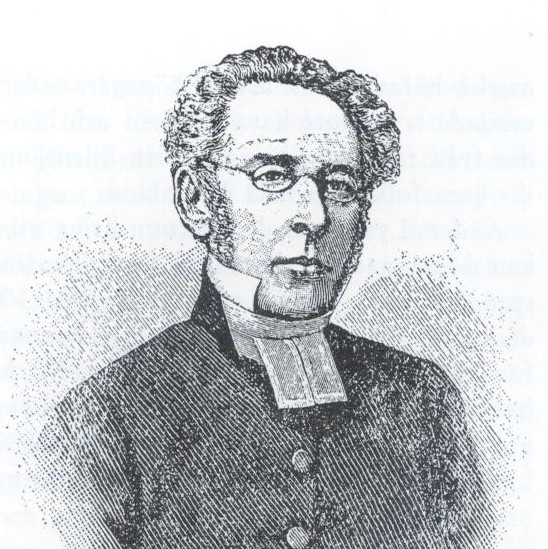By the mid-1860s, Anders Lindbäck had become obsessed with the idea of purifying and relieving the financial burden on his parish. As vicar of Silbodal, he believed that the poor, sick, and elderly were draining church resources and that their suffering was inevitable, or worse, deserved. His solution was both radical and cruel: poison the weakest members of the community during Holy Communion.
Beginning in the second half of 1864, Lindbäck began visiting ill or impoverished parishioners under the guise of pastoral care. He brought food and blessings, and in several cases, administered spiked wine and wafers — laced with arsenic.
The first known victim was Karin Persdotter, a widow who died on October 19, 1864, shortly after receiving a visit from Lindbäck. The second was Nils Pettersson, a farmer who died on November 30, 1864. The third confirmed victim was Anders Lysén, who died on December 15, 1864. While Lysén had known health issues, he was neither destitute nor socially isolated.
In addition to the three confirmed deaths, at least four others — Daniel Andersson, Daniel Danielsson, Nils Danielson, and Per Olsson — survived their poisoning but were left with severe symptoms. Lindbäck had made multiple visits under the pretense of delivering blessings and food, and the pattern soon became clear.
The sudden death of Anders Lysén raised red flags among his family. Unlike Lindbäck's previous victims, Lysén was financially secure and well-connected. His death seemed abrupt and unnatural, especially following a visit from the parish vicar. His family requested the exhumation of his body, and in February 1865, an autopsy was conducted.
The results were conclusive: Lysén had died from arsenic poisoning. In March 1865, the findings were made official, and suspicion turned squarely toward Lindbäck. Church records also revealed that several parishioners had been buried unusually quickly, further heightening suspicions.
Lindbäck was arrested shortly after and confessed to the murders during his trial at the Nordmark District Court. However, he defended his actions by claiming they were acts of mercy.
The court, however, did not accept Lindbäck’s moral justification. Investigators found that at least one of the murders was partially motivated by financial gain, casting doubt on any notion of mercy. The district court sentenced him to death by beheading, but the case was later reviewed by the Court of Appeal, which criticized the investigation and legal process for being sloppy. The case was sent back, but the original verdict was upheld.
While awaiting execution at Karlstad Prison, Anders Lindbäck took matters into his own hands. On November 20, 1865, before his sentence could be carried out, he hanged himself in his cell, ending the case and his life with finality.

